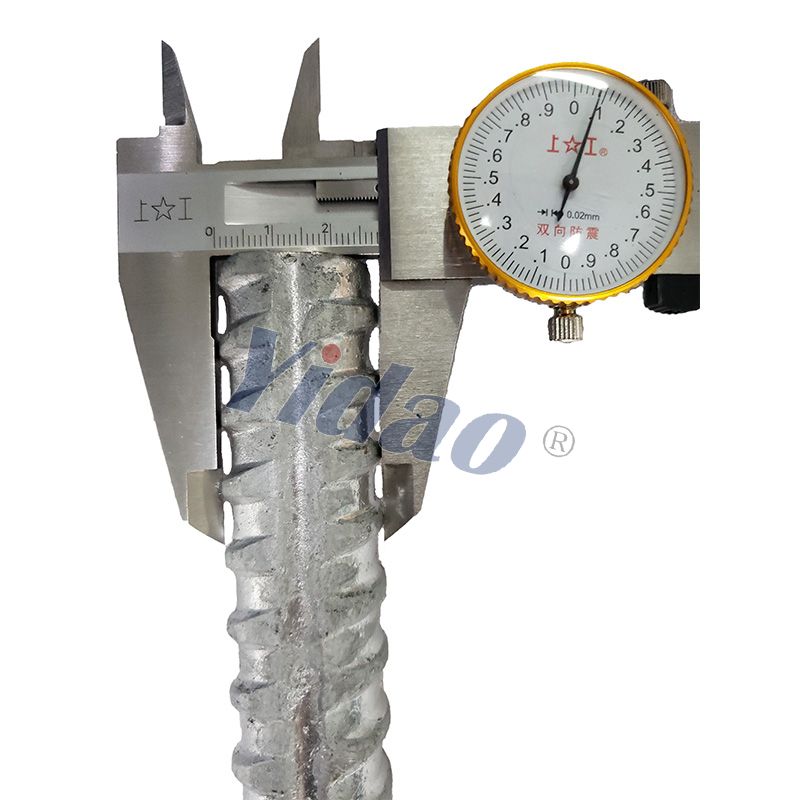Differences between Threaded Bars and Smooth Bars
Reinforcing concrete is a crucial part of construction projects, as it helps to ensure the durability and strength of the structure. When it comes to reinforcing concrete with steel bars, two common options are threaded bars and smooth bars. In this article, we will explore the differences between these two options and determine which is better for reinforcing concrete.
Threaded Bars
Threaded bars, also known as threaded rebar or deformed bars, are steel bars with ridges or deformations along their length. These ridges create a thread-like pattern, which helps the bar to grip the concrete more tightly. The purpose of these ridges is to increase the bonding between the steel bar and the concrete, providing greater strength and stability.
Threaded bars are typically used in situations where high-stress forces are expected, such as in bridges or tall buildings. They are also commonly used in earthquake-prone regions, as they help to absorb the shock of seismic activity and prevent the structure from collapsing.

Smooth Bars
Smooth bars, as the name suggests, are steel bars with a smooth, round surface. They do not have any ridges or deformations, and they are typically used in applications where the reinforcing steel is not expected to experience high-stress forces. Smooth bars are commonly used in residential construction, such as in the foundations of homes.
Differences between Threaded Bars and Smooth Bars
The main difference between threaded bars and smooth bars is their surface texture. Threaded bars have ridges or deformations along their length, while smooth bars have a smooth surface. This surface texture affects how the steel bar interacts with the concrete, and it also affects the strength and stability of the reinforced structure.
One of the advantages of threaded bars is their ability to provide greater bonding with the concrete. The ridges along the bar's length create a rough surface, which allows the concrete to grip the bar more tightly. This increased bonding helps to distribute the stress of the concrete more evenly, which provides greater strength and stability.
Smooth bars, on the other hand, do not provide as much bonding with the concrete. Their smooth surface creates a weaker bond with the concrete, which means that they are not as effective at distributing the stress of the concrete. This can lead to weaker structures that are more prone to cracking or collapsing.
Which is Better for Reinforcing Concrete?
The answer to this question depends on the specific requirements of the construction project. If the structure is expected to experience high-stress forces, such as in bridges or tall buildings, threaded bars are generally the better option. Their ridged surface provides greater bonding with the concrete, which helps to distribute stress more evenly and prevent the structure from collapsing.
If the structure is not expected to experience high-stress forces, such as in residential construction, smooth bars may be sufficient. They are less expensive than threaded bars and are easier to handle and install. However, it is important to ensure that the smooth bars are properly anchored and secured to prevent any potential damage to the structure.
In conclusion, the choice between threaded bars and smooth bars for reinforcing concrete depends on the specific requirements of the construction project. Threaded bars are typically used in situations where high-stress forces are expected, while smooth bars are commonly used in residential construction. Threaded bars provide greater bonding with the concrete and are more effective at distributing stress, while smooth bars are less expensive and easier to handle. By understanding the differences between these two options, engineers and builders can make the best decision for their construction project.
评论
发表评论